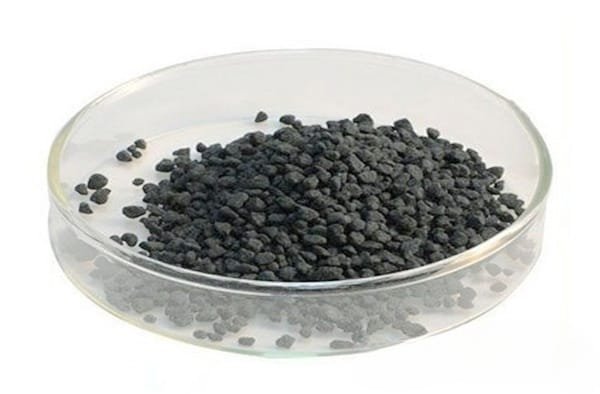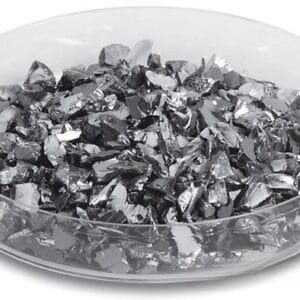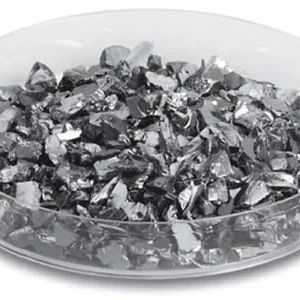Hafnium Carbide Evaporation Materials Overview
TFM provides top-quality Hafnium Carbide evaporation materials, distinguished by their high purity and effectiveness in deposition processes. With the chemical formula HfC, this carbide ceramic material is crucial for producing high-quality deposited films. TFM ensures that our Hafnium Carbide evaporation materials reach up to 99.9995% purity, thanks to our comprehensive quality assurance procedures.
Hafnium Carbide Evaporation Materials Specification
| Material Type | Hafnium Carbide |
| Symbol | HfC |
| Appearance/Color | Black odorless solid |
| Melting Point | 3,958 °C (7,156 °F; 4,231 K) |
| Density | 12.2 g/cm3 |
| Purity | 99.5% |
| Shape | Powder/ Granule/ Custom-made |
Applications
Hafnium Carbide evaporation materials are versatile and used in a variety of applications, including:
- Deposition Processes: Ideal for semiconductor deposition, chemical vapor deposition (CVD), and physical vapor deposition (PVD).
- Optics: Suitable for wear protection, decorative coatings, and display technologies.
Packaging and Handling
Our Hafnium Carbide evaporation materials are meticulously packaged to ensure safe handling and maintain quality during transport. Each package is clearly labeled for efficient identification and quality control, minimizing the risk of damage.
Contact Us
TFM is a leading manufacturer and supplier of high-purity Hafnium Carbide evaporation materials. We offer a range of shapes, including tablets, granules, rods, and wires, with custom options available to meet your specific needs. Additionally, TFM provides evaporation sources, boats, filaments, crucibles, heaters, and e-beam crucible liners. For current pricing and information on other materials not listed, please contact us directly.


 MSDS File
MSDS File



Reviews
There are no reviews yet.